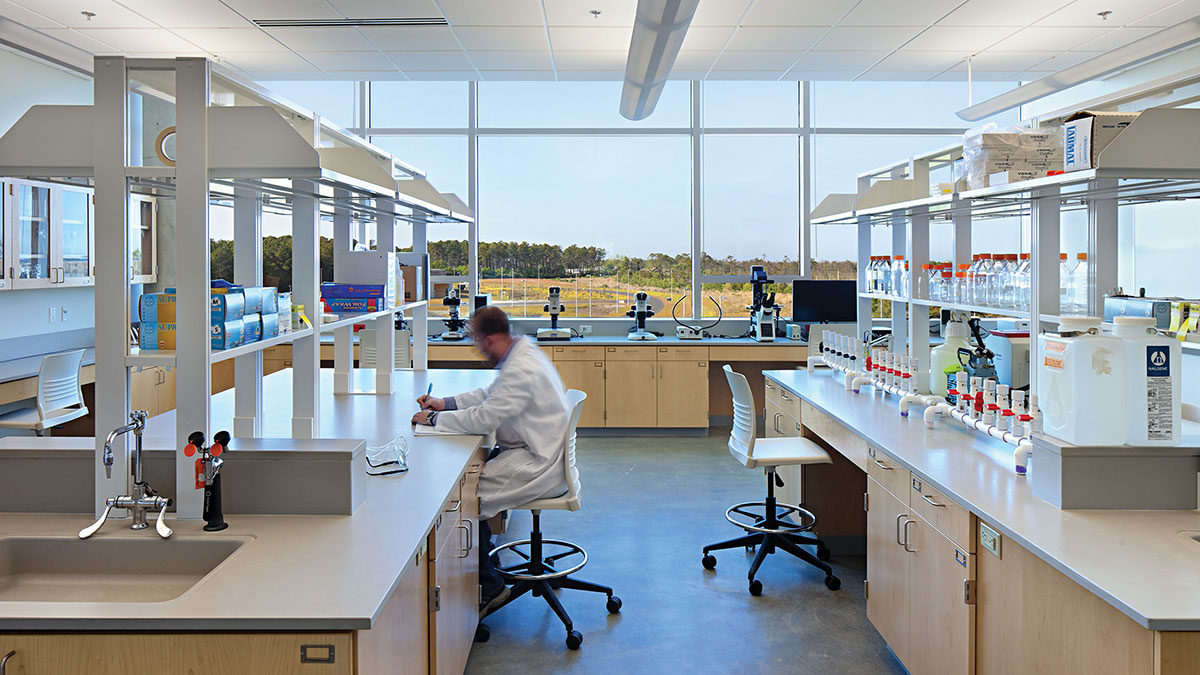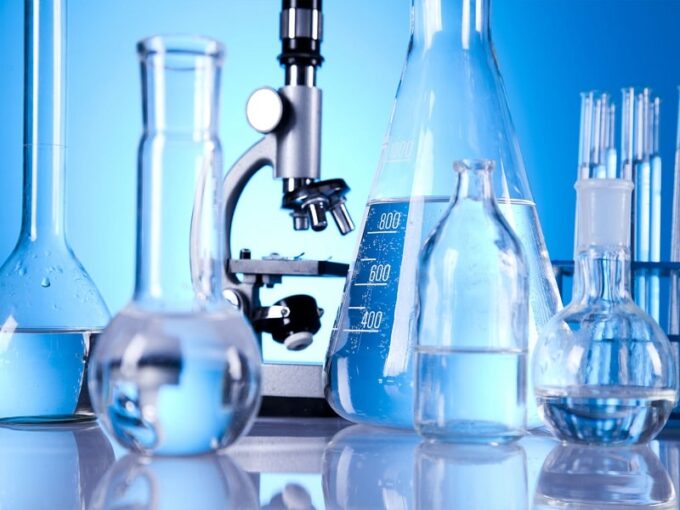Running a cost-efficient lab is a crucial aspect of scientific research and development. It directly impacts the allocation of resources and the facility’s overall productivity. In today’s competitive landscape, where budgets are often limited, maximizing efficiency while maintaining high-quality standards is essential.
Whether it’s a research laboratory, a testing facility, or a manufacturing plant, implementing strategies to minimize expenses without compromising scientific integrity is a skill that lab managers and researchers must master. So, how can you ensure your lab runs as efficiently and cost-effectively as possible?
Here are a few tips to get you started:
1. Invest In High Quality And Energy-Efficient Equipment
Investing in high-quality equipment significantly reduces laboratory costs and ensures a cost-efficient lab operation. By purchasing high-quality tools, you can reduce the need for replacements or repairs and save on energy costs.
For example, KNF offers self-priming dosing pumps that can run dry without sustaining any damage. They provide superior performance, resulting in substantial savings on repair and maintenance expenses. Premium quality equipment ensures accurate and reliable results, minimizing the need for repeated experiments and reducing waste.
Meanwhile, choosing energy-efficient devices can help laboratories decrease their energy consumption, resulting in substantial cost savings on utility bills. They optimize energy usage without compromising performance, reducing the overall operational expenses of the lab.
2. Order In Bulk
Ordering in bulk can minimize laboratory costs. Labs can negotiate better deals with suppliers when buying in bulk, lowering costs. By purchasing supplies and materials in larger quantities, labs can take advantage of bulk discounts, resulting in substantial savings.
Bulk orders may help you lessen shipping costs and reduce the frequency of orders, saving time and money. Ordering in bulk can offer some advantages:
- Optimize budget
- Streamline operations
- Maximize cost-efficiency
On the other hand, a well-stocked inventory due to bulk purchases reduces the risk of running out of essential items. Therefore, it eliminates the need for emergency purchases at higher prices, benefiting the scientific research process.
3. Optimize Space Utilization
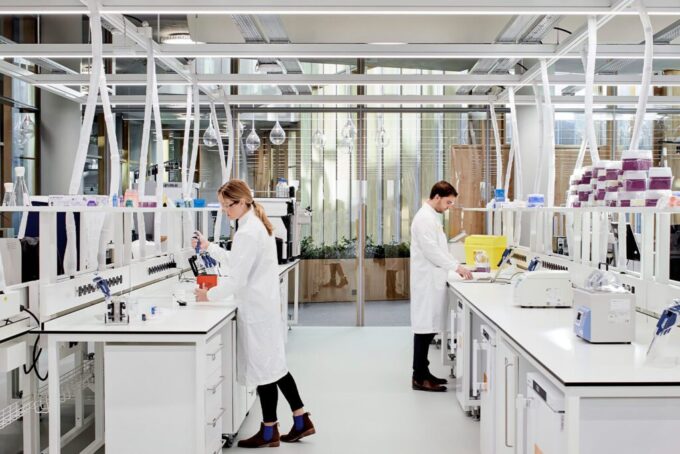
Adequate space utilization is essential for running a cost-efficient lab. You can organize and arrange your facility for efficient workflow. Minimizing clutter can result in wasted materials, time, and money. By optimizing the space utilization of the laboratory, you can avoid unnecessary expenses and maximize efficiency.
Efficient use of space can help you prevent wastage due to expired or spoiled items. Furthermore, optimizing lab space facilitates better traffic flow within the facility, resulting in improved safety conditions and fewer accidents.
4. Compare Prices
Identifying the most cost-effective options can help you evaluate the prices of laboratory supplies, equipment, and services from different vendors and suppliers. You can make informed purchasing decisions and negotiate better deals. Also, you can save money without compromising the quality and reliability of the materials.
Comparing prices helps identify potential cost-saving alternatives and innovative solutions offering similar or superior performance at lower price points. A proactive approach to price comparison can empower laboratories to optimize their budget utilization. It can also help you allocate resources efficiently and maintain a sustainable and financially sound operation.
5. Detailed Documentation
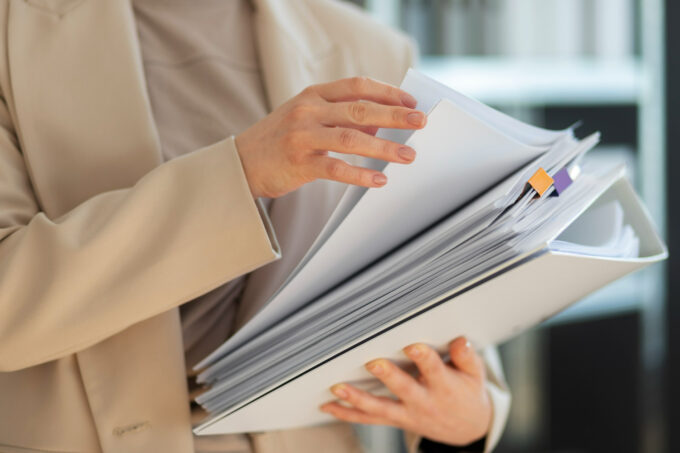
Documenting every detail helps ensure cost efficiency in the laboratory. You can minimize unnecessary expenses by consistently recording all relevant information, including experimental procedures, observations, measurements, and outcomes.
Detailed documentation allows for better analysis, troubleshooting, and replication of experiments. Hence, it helps reduce the chances of repeating costly mistakes or wasting valuable resources. Also, comprehensive records enable better communication among team members, preventing misunderstandings and fostering a collaborative environment.
Precise documentation facilitates the identification of potential areas for optimization and streamlining processes, leading to increased efficiency and cost savings. As a result, laboratories can optimize their operations and achieve enhanced cost-effectiveness.
6. Improve Stock Control
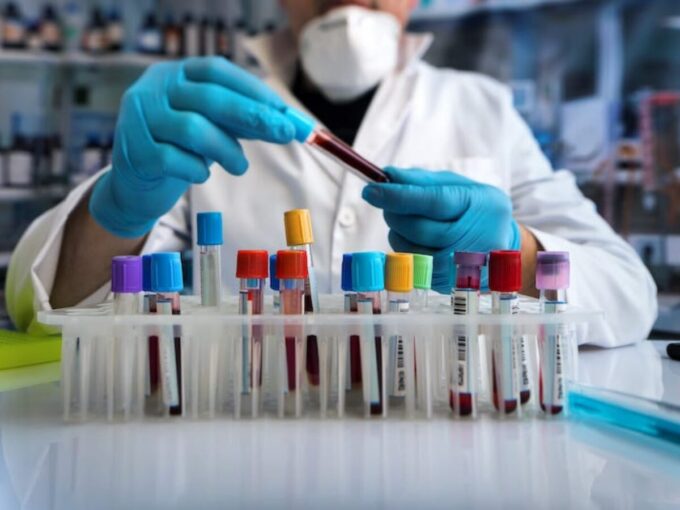
Maintaining an optimal stock level helps avoid overstocking, leading to wastage, expiration of perishable items, and increased storage costs. Additionally, precise stock control enables timely identification of low stock levels, allowing labs to proactively reorder essential supplies and avoid delays in experiments or research.
Enhancing your stock management practices offers some benefits:
- Accurate inventory tracking
- Better demand forecasting
- Streamlined procurement processes
- Lessen unnecessary expenses
- Maximize resource utilization
Labs can minimize financial losses associated with disrupted operations and last-minute emergency purchases by reducing stockouts and optimizing inventory turnover.
7. Maintain Proper Accounting

Maintaining proper accounting is essential. It can help you track your financial transactions and identify potential areas of cost savings. Accurate financial records allow labs to gain insight into their expenses by analyzing costs associated with labor, supplies, equipment, and other related activities.
Additionally, you can identify areas where you can save money without compromising the quality or reliability of experiments or research. Correct financial records help labs comply with applicable laws and regulations while minimizing potential audit-related expenses.
8. Calculate Procedure Costs
Determining procedure costs involves a comprehensive analysis of various factors. These include personnel expenses, consumables, equipment depreciation, and overhead costs. Labs can identify areas of potential savings and optimize resource allocation by calculating costs correctly.
Here are some advantages when you track operational expenses:
- Identify cost-intensive procedures
- Streamline workflows
- Negotiate better pricing with suppliers
- Make informed decisions regarding resource allocation
Calculating procedure costs enables labs to identify opportunities for automation or process improvements. By continuously monitoring and refining cost calculations, laboratories can ensure optimal utilization of resources and enhance their overall financial sustainability.
9. Train Staff Efficiently
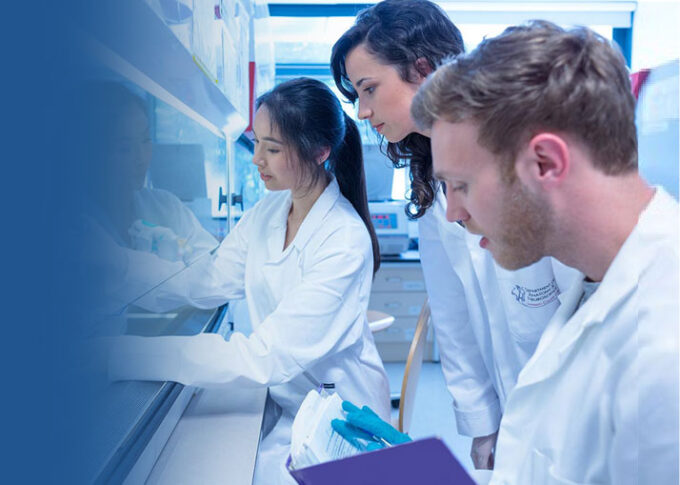
One effective way to make your lab cost-efficient is to train staff appropriately. Providing thorough and practical training can make your employees well-equipped to perform their duties with confidence and accuracy. Also, it can reduce the chances of errors, which can be costly regarding time, resources, and potential product recalls.
Investing in ongoing training and development can help your staff stay current with the latest technologies and best practices. Well-trained staff can help you streamline your lab operations, reduce waste, and improve overall profitability.
Conclusion
Running a cost-efficient lab requires dedication, commitment, and an understanding of the various strategies and tools available. With careful planning and execution, labs can achieve improved efficiency and financial sustainability.

